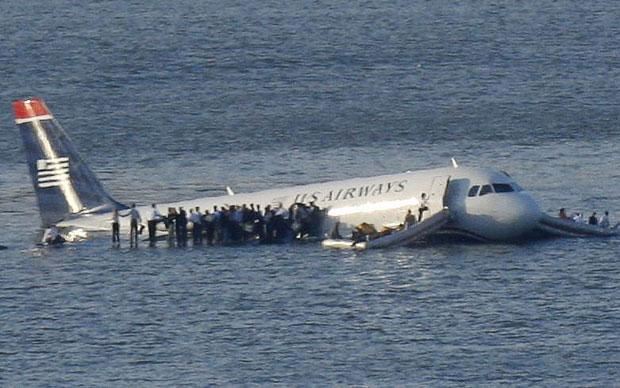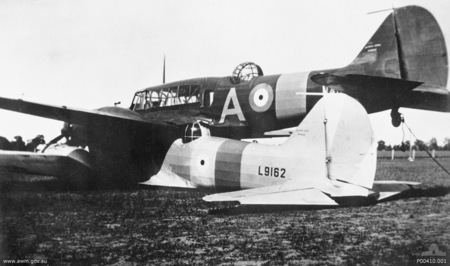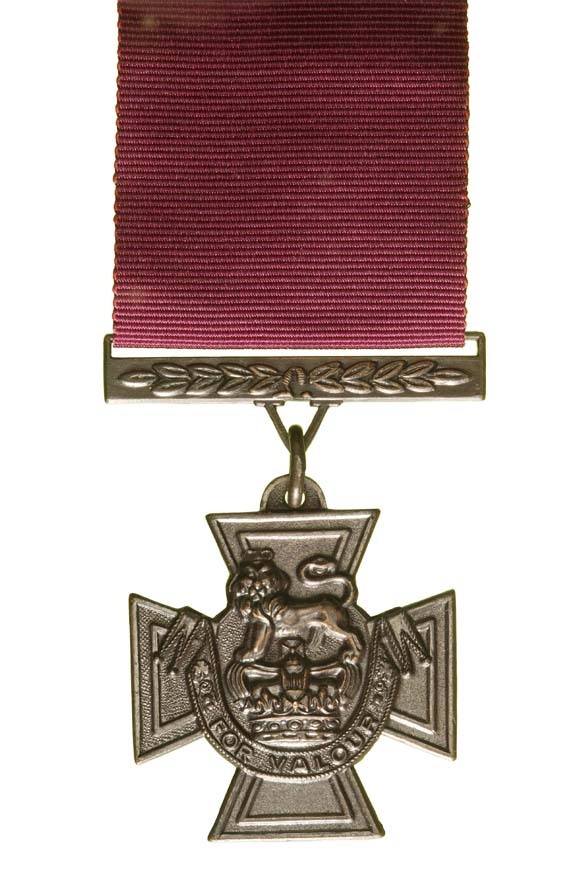This week many of us have been amazed and horrified in equal measure by the sight of a British Airways Boeing 777 which made an aborted take-off following a catasphrophic engine failure. Thanks to the incredible reactions of the flight crew and most especially Captain Chris Henkey who after 42 years of piloting was performing his penultimate take-off the plane came to a safe stop despite a raging fire that was soon tackled by the incredible fire-crews at McCarran International Airport.

I hate flying more than anyone I know and have never liked it. I can’t look forward to a foreign holiday until I’ve landed, mostly because I’m prepared either to die in a horrid fireball or at the very least worry for months that I might do so.
It probably doesn’t help that I always take off from London with its invariable bad weather and noise orders which result in steep take-offs and landings. Its the take-offs I hate the most or what I remember from the Space Shuttle Challenger disaster the “Go with throttle up moment” but at least I happily keep a sense of humour over my impending demise. If I make it through the take-off as I generally have done so far then it is just the banking, turbulence and landings that concern me.
It doesn’t help that I read all the news so am familiar with all the plane crashes and disappearances in every part of the world. The terrorism successes and near misses or the fluke accidents like that plane where the oxygen got blown out and the plane continued to fly for hours with frozen passengers and crew until running out of fuel over Greece. The fact that happened in 2005 and is still fighting for attention with other disasters probably says a lot about my love of flying.
Also I have had some genuine close shaves. I’ve had an aborted landing or two, had total electrical failure in another and on two other occasions I’ve flown in to a city where there had been a devastating plane crash within 2-3 weeks earlier with the scorched grass still visible for all to see. Lets not even talk about how I flew out of Paris just a few minutes before Concorde blew up or the events of 9/11 which by co-incidence happened today and the very many other cases of airlines being shot down due to mistaken identity.
I’ve actually flown 33 times, the odd number being due to crossing the Sahara once over land so I think its fair to say that I have given flying my best shot and that repeated flying hasn’t really done much for me. That said I always hated going in to my previous place of employment and I did that thousands of times and to be honest that just got worse each time too. Even now, every time I visit Stonehenge on a tour I have to walk past a stone memorial cross ‘To the memory of Captain Loraine and Staff-Sergeant Wilson who whilst flying on duty, met with a fatal accident near this spot on 5 July 1912. Erected by their comrades’ which was the first fatal air crash of the RFC now RAF.
Anyway just for once I’d like to remember some of the great acts of skill and bravery that made headlines the world over for the right reasons with these great emergency landings! Of course there are many more, but many are hard to write in a non technical aviation sort of way 🙂
- US Airways Captain Chesley Sullenberger’s incredible ditching of his Airbus A320 in the Hudson River, New York, is undoubtedly the current most famous successful emergency landing of all time. On January 15th 2009 the flight suffered from multiple bird hits which resulted in a total power failure. Having decided that they couldn’t reach the nearest airfield, the cabin crew decided their best option was to land on the Hudson River which they did so around 3 minutes after losing power. Experts would say that as impossible situations go, this was quite an easy one but to most people like you and I, the sight of a powerless plane landing perfectly in a river allowing everyone to escape unharmed is a pretty incredible event.

2. 1970’s aerobatic British champion Neil Williams was performing when the wing strap on his Zlin 526 plane came failed and the left wing sagged to a 45 degree angle but was somehow still in place. He worked out that he could use gravity to hold the plane in place and so inverted his plane and so in effect flew upside down, the gravity flattened the broken wing into a more workable angle. The pilot overcame accidental engine failure on his route back to base and incredibly came in to land and just before landing, flipped his plane up the correct way and landed just as the wing totally failed. Neil Williams was unhurt and he timed his manoeuvre so well that there was a 6 yard scuff along the turf from his wing made when he flipped his plane.

3. One of the greatest emergency landings of all time is the story of the Piggyback Ansons, a variety of twin engined British training aircraft that on this occasion were flying above Australia. In the vast cloudless skies of New South Wales in September 1940 two independent flights, each unaware of the other. One of the planes descended and incredibly but very gently struck an identical model plane flying on the same course and speed. Because the planes landing gear was quite complicated to set up, many pilots would fly their planes the entire journey with the wheels down but this somehow meant that the upper plane got tangled up on top of the wings of the lower plane.
LAC Jack Hewson who was piloting the lower plane survived the entanglement alight his cockpit was smashed. He used his seatbelt to set the plane on a level path and then managed to scramble out and parachute to safety. Meanwhile pilot Leonard Fuller who was flying the upper plane found that his controls were still ok and managed to use the engines of both aircraft to slowly circle down towards earth when the engines of the lower plane finally failed due to stress. Incredibly the lower plane also had its landing gear down and so an emergency though very light landing was made which though resulted in severe damage to the lower plane meant that the upper aircraft was so unscathed that it was repaired and re-entered service way past the end of WW2.


4. Such heroics go back even to WW1 when pilots such as on March 27, 1918, when Canadian pilot McLeod and his observer, Lieutenant A.W. Hammond survived getting shot several times and managed to control his plane from outside the cockpit landing them roughly but it one piece in a show of bravery that the awarding of a Victoria Cross.
5. New Zealander Keith Caldwell perhaps performed the one stunt many of think of doing in a plane crash or falling lift. He accidentally collided with an RAF colleague in the midst of battle and his plane became damaged and uncontrollable. He walked along the wing of his plane and whilst holding the struts together with one hand, used the other to control the control stick as best as he could. He managed to fly back behind British lines and jumped off the wing of his plane just before impact where he landed cleanly, rolled a few times and then walked to the nearest communications trench and telephoned to base informing them of his location. What a star!
6. Perhaps the most stunning ever emergency landing of a civil airline occurred on November 22nd in 2003 when an Airbus A300 was struck by a shoulder fired missile which struck 8,000 feet into its climb from Baghdad Airport. All hydraulics such as flaps and and rudders were inoperable but fortunately a little while earlier, pilot Captain Eric Gennotte had attended a seminar given by a pilot who had suffered from a similar though less drastic situation.

To make things worse one of the wings was on fire and leaking fuel, it was estimated the plane only had 8 minutes left before the wing entirely burnt off! Using only the planes thrust control and re-routing fuel and power to differing engines on differing sides of the plane, the pilot and Flight Engineer Mario Rofail managed to gain control of the plane and fly it back to the airport. In fact they were so masterful of the situation that when their first approach wasn’t great, rather than land anyway, they set course for another runway and landed perfectly.
7. During WW2 RAF Flight Lt. William Reid was the lone pilot of an Avro Lancaster on the way to Dusseldorf in Germany with a full load of bombs on the night of November 3, 1943. He was only just crossing the Dutch coast and arguably only half way to his target when the plane was attacked head one by a Messerschmitt Me-110G night fighter and the pilot hit in the shoulders and hands whilst his head and face were splattered by splinters of hot, sharp Perspex. The attack had also damaged the elevator trim and left the Lanc without compasses. It was more than enough reason to return to base but Flight Lt. William Reid was made of tough stuff and he continued.
A little further into continental Europe a Focke Wulf Fw-190 night fighter found discovered them and inflicted even worse damage on the plane and crew. The navigator was killed, the radio operator was mortally wounded and the oxygen system was broken. William Reid himself was shot again but continued the mission thanks to the also shot flight engineer bringing him a oxygen canister.
Despite being an hour from Dusseldorf , William Reid managed to not just locate the city but hit the target absolutely precisely as was shown on the automatic camera. All of this without the pilot telling anyone of his injuries.

Weak from spilled blood, Reid set a course for home by the North Star and the moon. The oxygen bottle was empty, and the shattered windscreen meant he was spending the whole trip being blasted my 250 mph cold November winds at altitude. Incredibly they made it back from German held territory and the constant AA guns and made it to Norfolk on the eastern coast.
With the USAAF base at Shipdham in sight, a tenacious William Reid, blood from his freshly opened head wounds obscuring his vision, was roused to make the night landing between two rows of runway lights barely glimmering through ground fog. The Avro landed heavily and one of the damaged legs gave way but it was a safe landing.
For his airmanship, courage and devotion to duty, William Reid was awarded the Victoria Cross.

A gripping read here! I have problems too with flying and I wish rail travel was a real option in Europe as it used to be when I could catch a train from Calais and land up in the same carriage in Palermo.
LikeLike
Yes, once you get further south rail travel becomes a bit more difficult all though for the truly anti-flying person in me I have still mapped out a route down to Gibraltar and along to Istanbul and also Moscow!
I think I’m fortunate living where I am as train travel is just so easy in the UK, France, low countries and Germany etc. It really covers more places worth visiting than anywhere else in the world. I think I can get to Rome and Barcelona in one day from London which isn’t bad.
LikeLike
You’re braver than me, after reading this I doubt I’ll ever fly anywhere. Unless I could get most of these pilots together, then it might be fairly safe.
Great post chock full of fascinating information, as always.
LikeLike
I would feel safer with those pilots too. I remember when 9/11 happened, I had always thought that it was such an obvious thing to do being so plane phobic. I think I have got used to the terrorism threat, its just another thing that is bound to effect me one day when I am flying.
I remember last time I flew I read that one had to fly every day until they were 2,000 years old until you were statistically due to die in a plane. The thing is, I’m 33 days closer to reaching those odds than I was many years ago!
Thanks Colin, I’m glad you like my posts.
LikeLiked by 1 person
Statistics are over rated, for instance, a 1 in 2000 change of something happening is just as likely to happen the first time as the last. That’s why I don’t trust statistics most days, say 9 out of 10.
I’ll stick to traveling other ways for now, I’d be more likely to take a cruise than to fly, to bad the old cruise liners are all gone.
LikeLiked by 1 person
Yes, I regularly check the lines from Southampton to New York, I’d much rather do that than fly there and would enjoy the 5 or 6 nights to get there too,
LikeLiked by 1 person
I hate flying in package tour aircraft… I’m somewhat happier on a scheduled flight. To put you in the picture, I hold a private pilots license though I ceased to exercise its privileges some years ago (not enough time with a young family). I have flown single engined light aircraft in pretty bad weather conditions, or with defects on route to maintenance, and I’ve also flown them in beautifully perfect conditions. So I’m not scared of flying as such but I do find the commercial airline means of travel uncomfortable and I’m sure that has as much to do with the fellow passengers as the mode of travel. I could say it’s because of the lack of control, but it can’t be – I have absolutely no issues with travelling by train. We flew to Florence this year from London City Airport on a BAe 146 – I felt comfortable immediately because I know a lot about the aircraft and I used to know pilots who flew it (it uses real cables and bike chains rather than fly-by-wire for the controls). I was able to pre-warn my son, who hates flying, about the procedures and noises he would encounter. Result – he was calm throughout the flight there and back (and genuinely excited by the acceleration during a short field take-off). Knowledge is a wonderful counter to fear 🙂
Of course – I’d rather we’d travelled to Florence by train, but that’s probably because I’m a railway enthusiast 😉
LikeLike
This is pretty detailed research. Very impressive. Must take you a long time to write each piece!
LikeLiked by 1 person
Thank-you! Yes most take a few hours to write and research. Someone said that my blog is like Wikipedia except more reliable, I like that 🙂 Thanks for commenting!
LikeLiked by 1 person